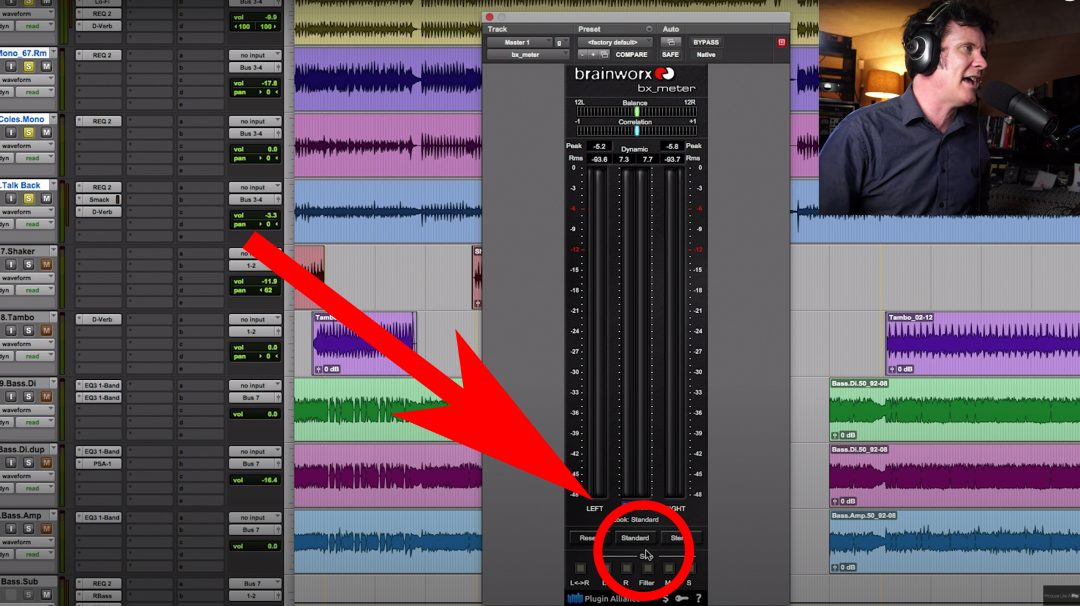Whether or not you should be mixing in mono is something that we have talked about before, and that always seems to be a question that comes up. When I interview some of the greatest mixers in the industry, like Bob Clearmountain, they all say that they may check something in mono, if they are unsure about the phase, but they never mix in mono.
So why is there so much discussion about mixing in mono?
One of the main arguments for mixing in mono is to get the balances right. I would agree with this, but it is important to keep in mind that if you are taking things that are creating stereo width, like the ambience, they will be folded underneath significantly. Part of the reason we work in stereo is to do things that don’t work in mono, such as throwing ambience out to the left and right.
Another benefit of working in mono would be where you are using widening plugins and creating phase issues. I use these very sparingly – maybe just on a synth pad or something that feels super mono to widen it up a bit – but if you are going to use them, you may run into phase issues, and listening in mono can help you detect these.
Just as important as listening in mono, though, is listening to one side at a time. You can hear exactly where things are sitting in the mix, and adjust them if they are not quite where you want them.
The main reason Bob Clearmountain and the other legendary mixers I have interviewed say they don’t mix in mono is because they have decades of experience that allows them to hear phase issues in a stereo signal.
Mixing and listening in mono is a great tool to have as you develop you ear and your skills because it helps you detect issues you may not have noticed in stereo. You want your mix to sound good in stereo, of course, but mixing in mono is an amazing way to find phase or polarity issues that are difficult to hear in stereo!
Watch the video below to learn more about mixing in mono vs stereo!
